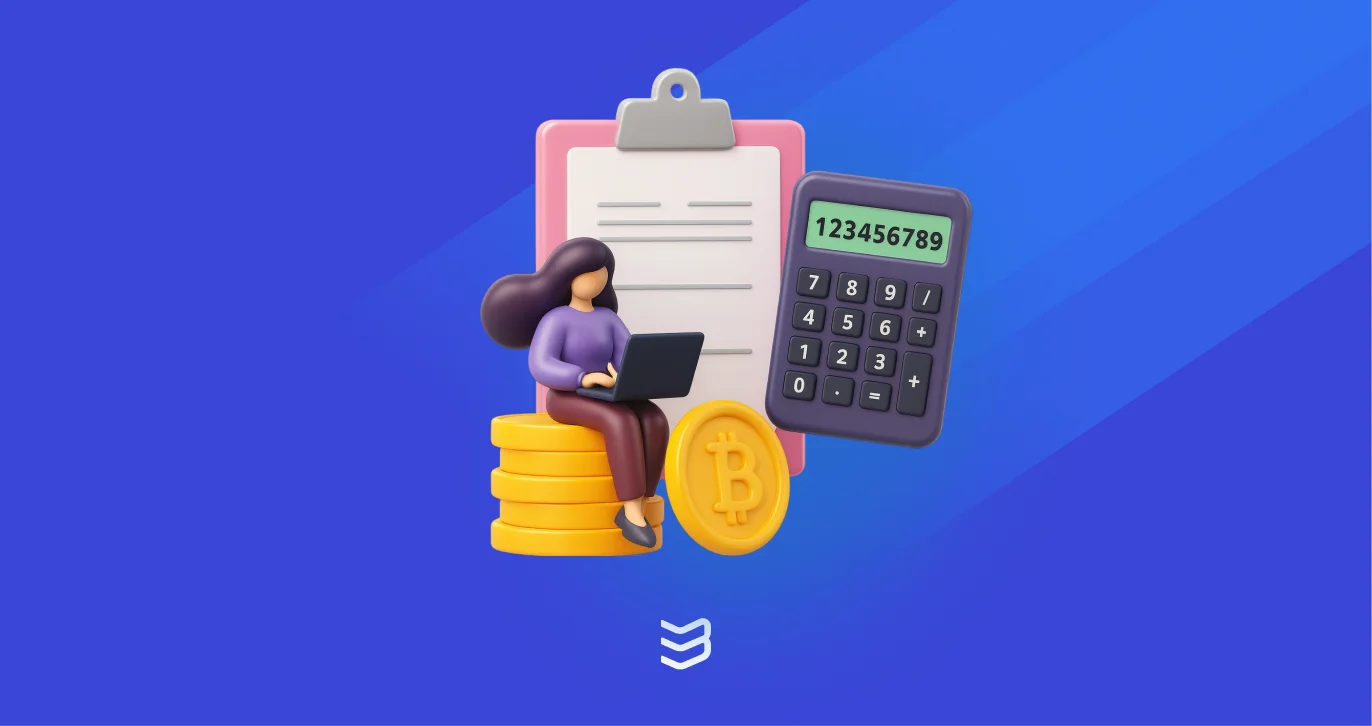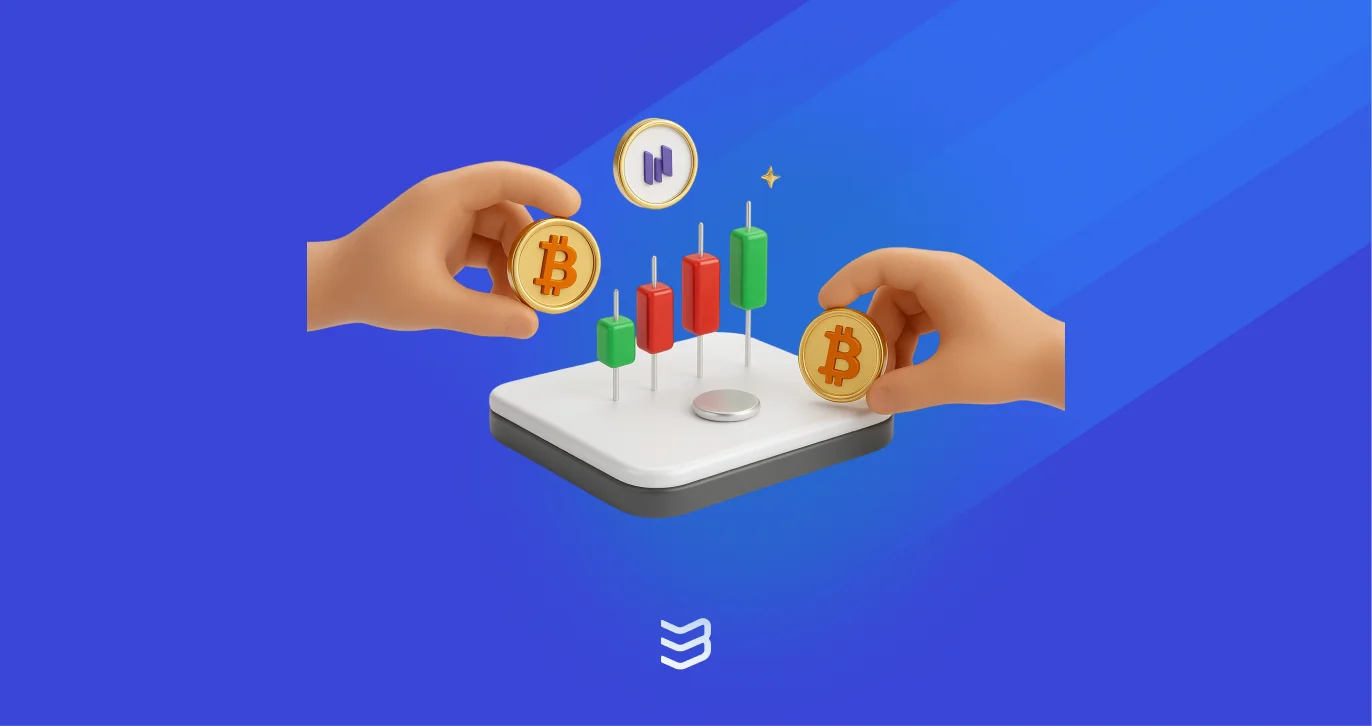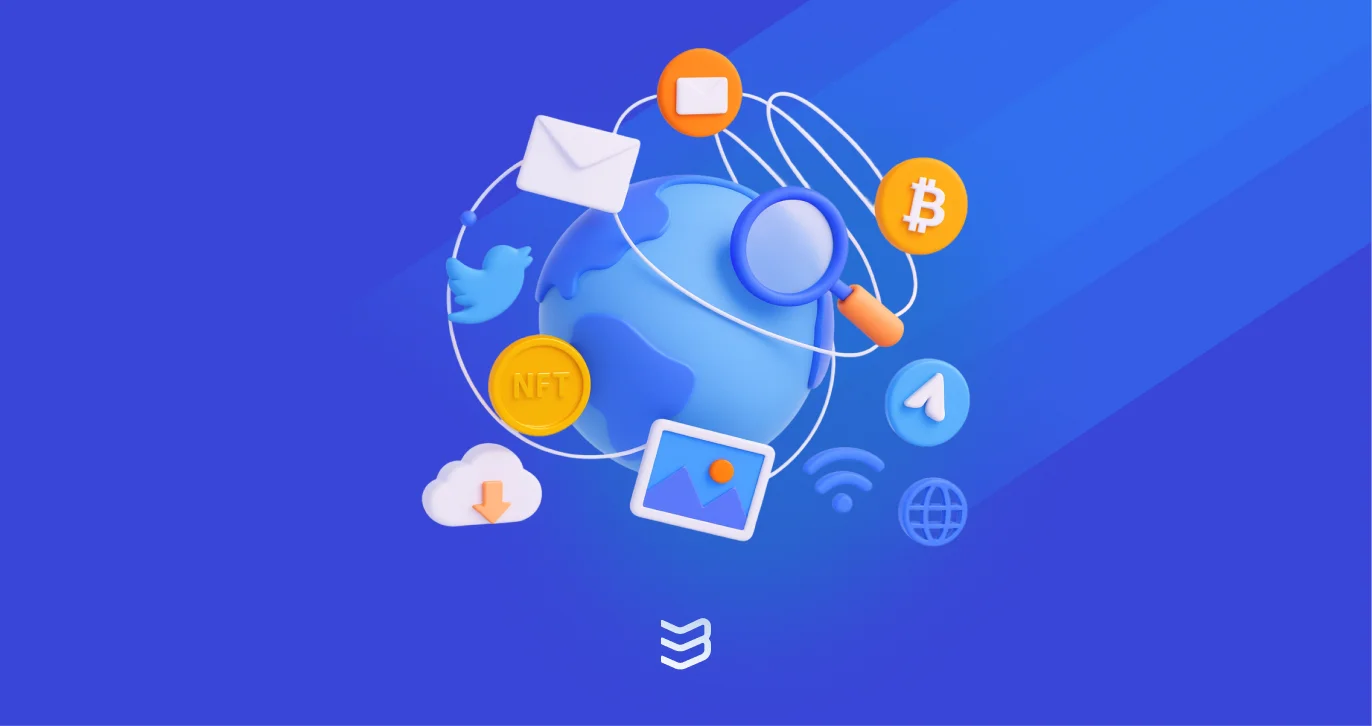tl;dr
- Crypto mining is the process of validating transactions and securing blockchain
- It is essential for all PoW blockchains, including Bitcoin, Monero, Dogecoin, Ethereum Classic, and Digibyte.
- Miners compete to solve complex mathematical puzzles using computational power.
- The first miner to solve the puzzle adds a new block to the blockchain and receives a block reward in the network's native cryptocurrency (e.g., Dogecoin miners earn Dogecoin rewards).
A Brief Introduction to Crypto Mining
Cryptocurrency mining is the process of validating transactions and securing blockchain networks through computational power. It is essential for all Proof-of-Work (PoW) blockchains, including Bitcoin, Monero, Dogecoin, Ethereum Classic, and Digibyte.
In PoW blockchains, mining serves a critical role in verifying transactions, preventing fraud, and maintaining network integrity. Miners compete to solve complex mathematical puzzles using computational power. The first miner to solve the puzzle adds a new block to the blockchain and receives a block reward in the network's native cryptocurrency (e.g., Dogecoin miners earn Dogecoin rewards).
Miners play a key role in securing the network by ensuring transactions are legitimate and preventing double-spending. However, modern mining has become highly competitive, requiring specialized hardware like ASIC (Application-Specific Integrated Circuit) chips and vast amounts of energy. Due to this, mining operations are often conducted at an industrial scale.
The purpose of this article is to explain what cryptocurrency mining is and how it works, highlighting its importance in PoW networks.
How Does Cryptocurrency Mining Work?
Cryptocurrency mining, particularly Bitcoin mining, is a complex process that involves solving cryptographic puzzles to validate transactions and add new blocks to the blockchain.
The Mining Process
The process behind mining cryptocurrencies typically consists of multiple steps:
Transaction Verification
Miners collect pending transactions from the mempool to form a new block. These transactions must be verified to prevent fraudulent activities such as double spending. Once verified, they are included in the block that the miner is working on.
Block Creation
After gathering transactions, miners compile them into a block. They prioritize transactions with higher fees, as this increases their potential earnings. Each block also contains a reference to the previous block, ensuring that all blocks remain connected in an unbroken chain.
Merkle Root Calculation
The transactions within a block are hashed together in pairs to form a data structure known as the Merkle tree. At the top of this tree is a single hash, known as the Merkle root, which represents all the transactions in the block. This hash is included in the block header and is crucial for validating transactions efficiently.
Proof of Work Puzzle
Miners must solve a complex mathematical problem known as the PoW puzzle. This involves finding a nonce (a random number) that, when combined with the block's data and hashed, produces a hash that meets the network’s difficulty target. The difficulty level adjusts periodically to maintain a steady rate of block creation.
Network Validation
Once a miner finds a valid hash, the new block is broadcast to the network. Other nodes verify the solution by checking that the hash meets the difficulty target. If the block is valid, the network accepts it, and the blockchain continues to grow.
Block Addition and Rewards
After validation, the new block is officially added to the blockchain. The miner who successfully solves the puzzle is rewarded with newly minted cryptocurrency (e.g., Bitcoin) and transaction fees from the included transactions. This incentivizes miners to continue securing the network.
Specialized Hardware and Software
Due to the increasing difficulty of mining, specialized hardware is required to remain competitive. Miners primarily use ASICs, devices built specifically for mining that offer superior performance and efficiency compared to general-purpose CPUs or GPUs. These ASICs perform trillions of hash calculations per second, significantly increasing the chances of solving a block.
Popular ASICs include Bitmain’s Antminer and Iceriver’s KS5L. As for software, that tends to vary based on the blockchain supported. For Bitcoin, CGMiner and Awesome Miner stand out as reputable choices.
The Rise of Mining Pools
In recent years, mining has become more difficult and is no longer profitable for many independent hobbiests and smaller solo mining operations. As such, many miners join mining pools to increase their chances of earning rewards.
A mining pool is a collaborative network where multiple miners combine their computational power to work on solving blocks together. The pool’s server assigns work to each participant by breaking down the cryptographic problem into smaller tasks. Miners contribute their processing power and submit their results, known as "shares," back to the pool. When a valid block is successfully mined, the pool receives the reward and distributes it among all participating miners based on their contributed hash power.
This approach ensures more frequent and stable payouts compared to solo mining, where individual miners might go long periods without successfully mining a block.
The Benefits and Challenges of Cryptocurrency Mining
Cryptocurrency mining offers significant economic benefits for individuals and businesses. Miners earn rewards in the form of newly minted coins and transaction fees, providing a potential source of income. Large-scale mining operations can turn mining into a profitable business, contributing to the broader cryptocurrency ecosystem. Additionally, mining plays a crucial role in securing and decentralizing blockchain networks by validating transactions and preventing fraudulent activities.
However, mining comes with challenges. One of the primary concerns is its high energy consumption. While many mining operations are shifting toward renewable energy sources, electricity costs remain a significant factor. Furthermore, setting up a mining operation requires substantial investment in specialized hardware like ASIC miners, as well as software and cooling infrastructure. These challenges make mining a high-risk, high-reward endeavor that requires careful planning and investment.
.webp)


.webp)



